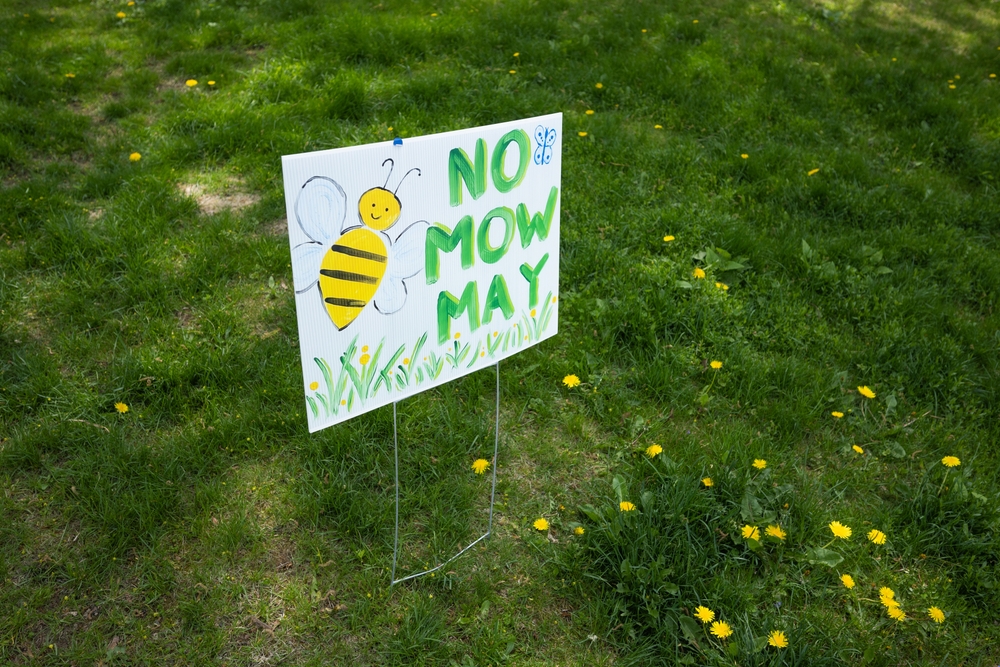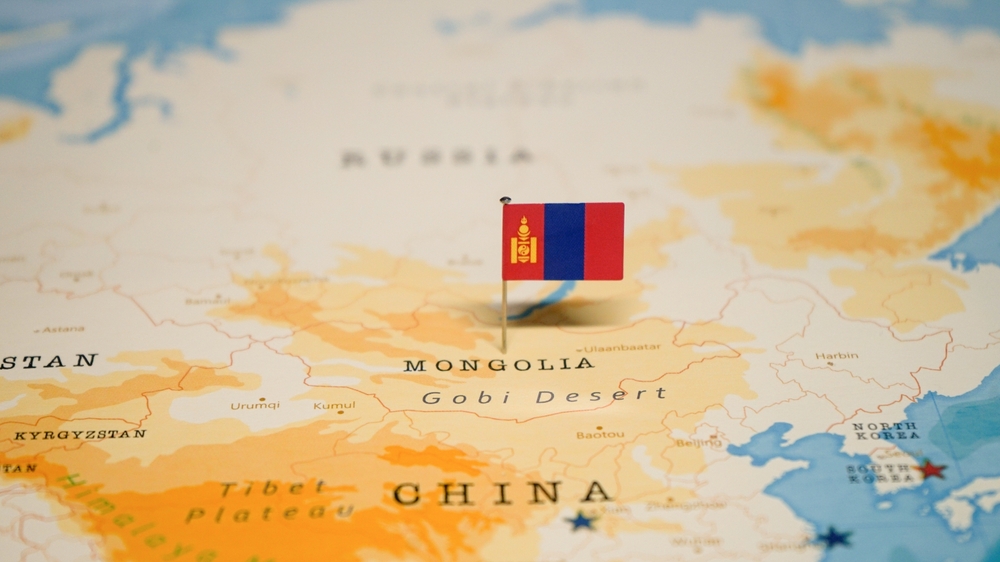It’s hard to believe, but lactic acid bacteria, fungi and yeasts could resolve the world’s environmental and food issues. In the right combination – and without chemical additives – they create bigger harvests and higher profits.
Look, Kajornvit Yongyut has put it all down on paper. Fifteen years ago he was producing 200 kilos of mushrooms daily. For the past seven years production has increased by 25 percent, sometimes even reaching 300 kilos a day. The farm hasn’t changed, nor has its surface area, and he isn’t using more than the usual seven bags of compost to fertilise his mushrooms each day. How can this be?
Yongyut can’t wait to explain. ‘EM’, short for ‘effective micro-organisms’, he says as if describing a magic potion. Yongyut sits back triumphantly, looking briefly disappointed that his visitor from Europe already knew the answer.
He quickly recovers and jumps up, heading for the barn. Here, racks hold thousands of ‘beds’ containing sawdust from rubber trees, mixed with a cocktail containing lime and gypsum, ripening until the mushrooms can be picked. This is the barn where for years Yongyut sprayed chemicals, sometimes several times a day. The poison was meant to eradicate flies and other insects, which rarely disappeared completely. All those years the heavy smell of chemicals hung in the air. Yongyut suffered from skin problems and had difficulty breathing.
Then, seven years ago, Yongyut heard about EM, which he began spraying in the barn daily. Since then, his yields have increased. He no longer needs the chemicals and his skin problems have cleared up. And what do you know, not a fly in sight.
EM is the rather dull name for a technological breakthrough, which has the potential to spectacularly impact the agriculture, horticulture, fishing and cattle-farming industries, not to mention waste processing, natural forest management and water purification. EM is a mixture of micro-organisms, including lactic acid bacteria, fungi and yeasts. When these organisms are present in the soil, they stimulate productivity and vitality. They purify the water and air present in the soil and excrete nutrients. The result: an excellent environment for plants and animals.
Teruo Higa, a horticulture professor from the University of Ryukyus in Japan, discovered EM, which he claimed significantly increased production levels. Rice fields in Japan produced 50 percent higher yields in the first year. Cucumber cultivators, which normally produce one cucumber per stalk, were able to produce four to five per stalk. The same was true for corn, with reports from some growers of up to eight ears per stalk. The most successful and remarkable example is cherry tomatoes, with yields increasing fourteen fold from 30 to 300 tomatoes per plant. EM is now being used in 116 countries: from Nepal to Canada, from China to Brazil, from Kenya to the Netherlands. The method is used most intensively in Thailand, Japan and North Korea, where EM technology has been applied on a broad scale for a myriad of reasons.
While discussing EM over a meal, Somsak Hemtanont hesitates. Tough question. ‘Yes, EM can save the world,’ he says thoughtfully, adding resolutely: ‘but first Thailand.’ The district head of Dankunthod puts down his fork. ‘It is good for production, health and the environment. If all countries used EM, we could indeed cleanse the whole world, but it is already a massive undertaking to get things in order in Thailand.’
Hemtanont also knows that it is a political choice not all governments support. ‘We opt for EM because in the conventional agriculture and fishing industries chemicals are used that are damaging for the health of our people. They suffer from skin and bronchial problems, they get cancer and end up in hospital. It simply costs the government a great deal of money to treat these people. Using EM makes chemicals superfluous, which means we save on health care costs.’
Hemtanont quickly stabs another jumbo shrimp with his fork. Shortly, a delegation from Venezuela will be waiting to meet with him. There is significant interest in EM from abroad, even in this district where some five percent of agricultural production is generated using EM – somewhat less than the estimated national average. If the current project, spread over 20 villages, is successful EM use will no doubt increase substantially next year when other farmers start to use the technology. Cost is not an obstacle. In fact, EM costs around half the price of chemicals and chemical fertiliser. ‘Farmers are used to chemicals,’ Hemtanont explains. ‘They don’t easily believe there is a natural alternative; otherwise they would have heard of it, right? They are only convinced when they see how quickly the effects of EM become visible, especially in the peppercorns.’ He sticks up his little finger: ‘This is the size of a conventional peppercorn. Using EM it is this size’, he says, using his index finger.
Finally, fresh air. After leaving Bangkok’s ubiquitous exhaust fumes just one hour ago, it is a relief to arrive at the place where the first large-scale experiment with EM began. This Kyusei Nature Farming Center is an area in Saraburi covering 70 hectares. Here, self-sufficiency is put into practice. All kinds of crops – including rice, tomatoes, mango, papaya, bananas and aubergine – are cultivated here with the help of EM.
‘There is nowhere else in the world where the effects of long-term use of EM are so clearly visible.’ And Somlaksana Pongdit should know. She has been working in the centre for eight years and is now the director of EMRO, Thailand’s EM research centre. ‘I’ve seen the fruits and vegetables grown here change. Every year harvest yields increase and so do the profits, especially compared to other fields in the area.’
Few things are simpler than working with EM, which is also added to fertiliser. Shimoji Takashi, EMRO’s Japanese representative, has joined us for the demonstration. You take a container with water, throw in a dash of EM and a couple of spoonfuls of molasses or brown sugar using a ratio of 90:5:5. ‘The micro-organisms in EM are dormant,’ Takashi explains as we watch. ‘So they have to come to life, become activated. Just like people actually. You need water and food to be able to function.’ The fluid mixture can be spread over the soil (one litre per 100 square metres, five times each growing season) to increase fertility. It can also be used in compost to ensure the energy in the organic material is not lost, as is the case with conventional compost.
There is also an alternative, EM Bokashi, named after the Japanese word for ‘fermented organic material’. It is made by mixing organic waste (such as rice bran, fishmeal, straw, chicken fertiliser) with EM and a great deal of water. Bokashi is used to increase the microbial diversity of the soil. Takashi explains: ‘There are three types of micro-organisms in the soil: degenerative that are harmful to humans, animals and the environment, regenerative that are beneficial and a whole array of neutral organisms. The neutral variety, which account for 80 to 90 percent of all micro-organisms, tend to take on the characteristics of the dominant type. Therefore, if the soil contains mainly degenerative micro-organisms, the neutral ones will also slowly become harmful. This is the case when pesticides are used frequently, which disturbs the balance in the microflora. But EM creates an environment in which the regenerative micro-organisms multiply, prompting the neutral ones to do the same. This is the reason why the long-term use of EM leads to increasingly better results.’
The cattle farming industry faces major environmental problems, including stench and water pollution. In Europe, strict regulations make it difficult for farmers to stay in business, but the rules in Thailand are not so rigid and pollution is also more prevalent. EM can provide a solution for cattle farmers. The penetrating stench of cattle farms is mainly due to ammonia, hydrogen sulphide and trimethylamine, which feed the micro-organisms present in EM ands cause the stench to disappear. Keeping stalls clean using a diluted EM solution can prevent surface and groundwater pollution. Combined with the cattle manure, the odourless fluid from the cattle stalls can even produce high-quality organic fertiliser that can be spread over the land.
Somchart Amornwattanawong, a veterinarian in Wat Huai Prab, is only too aware of the advantages of EM. In his region he visits a lot of farms where animals such as ostriches are bred for slaughter. But he’s never had as little work as at the farm of Pada Sirmosnavey, who for the past year has been raising ostriches flown in from South Africa, with the help of EM. Sirmosnavey has 110 ostriches, making him one of the largest ostrich breeders in his country.
‘These ostriches rarely suffer from worms or parasites’, Amornwattanawong noticed. ‘They grow faster, as they are less susceptible to illness and diarrhoea. Because they are healthier as a result, they are also more lively and active. Their feathers are prettier and shinier. I’ve never seen anything like it.’
What counts for Sirmosnavey are the lower costs. And they are not insubstantial. Because he adds EM to the animals’ drinking water and feed, their excellent health means he no longer needs to buy chemicals and antibiotics. An added advantage: ‘They need less feed to maintain the same weight.’ He will slaughter his ostriches in six months time. Only then will it become apparent whether they are tastier. Sirmosnavey suspects this will be the case. ‘My ostriches will be more tender and tasty. I’m sure of it.’
Perhaps the greatest EM success story comes from Chachoengsao, a province located further inland. We drive through an area where countless shrimp farmers live and work. The shrimp mature in artificial ponds measuring around 40 square metres. But shrimp farming has a bad reputation. Or, more accurately, a bad smell. The high concentration of chemicals produces a penetrating odour in the water, which the farmers must brave nonetheless when they wade through it to harvest the shrimp.
But in this part of Chachoengsao there’s no trace of such stench, mainly thanks to Tinakorn Tongkaew. He was the first shrimp farmer in the area to convert to EM seven years ago. At that time he had incurred a huge debt to the company that supplied the pesticides he added to the water and antibiotics he put in the food. The chemicals not only ravaged his wallet, but his health. When he went into the water, the poison pricked at his skin. He also discovered that the quality of the water deteriorated the longer he used chemicals and that the poorer the quality, the more chemicals he needed. He became trapped in a vicious circle along with many other shrimp farmers.
In a desperate attempt to build a better future with his wife, Tongkaew completely stopped using chemicals. His cousin told him of his positive experience with EM, and he made the shift. Despite his debt, he was able to borrow money from the bank to put in three new ponds. He was forced to close down the existing ponds because of the stench and his production dropped to a dramatically low level. Tongkaew scattered EM Bokashi at the bottom of his ponds and mixed EM in with the animal feed. Since then production has increased dramatically each year.
Somewhat timidly Tongkaew sums up the differences, as if he can’t quite believe it either: ‘I can harvest more often, sometimes up to three times a year, while previously I only had one or two harvests. Far fewer shrimp are dying prematurely, which means I can yield the same harvest while purchasing fewer shrimp. Now they have a shiny shell and no longer smell after I catch them.’
Tongkaew led a turnaround in this region and potentially in an entire industry. Thailand’s government stimulates its fishing sector to use EM, including the recent introduction of an organic certificate awarded to EM shrimp. For now, however, the certificate system is not applied to exported shrimp, the theory being that there would be no demand for organic shrimp. So EM and traditional shrimp continue to be lumped together on supermarket shelves, indistinguishable from one another. But for Tonkaew’s fellow shrimp farmers in his region one real gain has already been realised. The regional bank that extends loans to shrimp farmers has one condition: they must use EM or they get no money.











